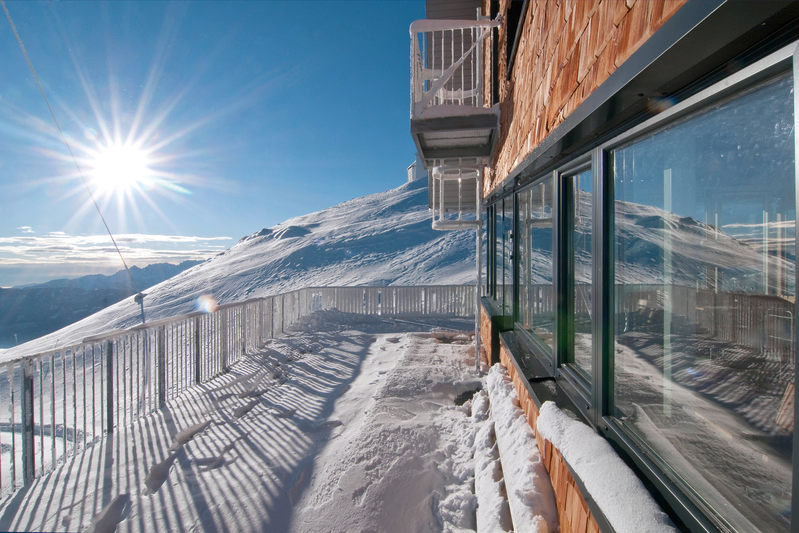PVC (polyvinyl chloride) and UPVC (unplasticized polyvinyl chloride) are two types of vinyl. They are widely used in the construction industry as they are versatile and flexibile . Due to their flexibility, they can be converted into various shapes.
However, they serve different functions. PVC is often used to make siding and fences, while UPVC is used for window and door construction. PVC is not suitable for window and door construction because of its chemical composition.
Properties of PVC
PVC is banned in Europe and in all toy products in the United States due to its toxic properties. PVC contains phthalates and BPA, which are chemical compounds. They are used to plasticize vinyl which, in turn, gives PVC its renowned flexibility. As a result, PVC is more porous and requires more maintenance over a period of time. Therefore, PVC is not often used in window and door construction.
Additionally, Phthalates and BPA are harmful to the environment and to our health, especially when the chemicals become airborne in the event of a fire. PVC emits toxic fumes that can cause damage to several organ systems when exposed to high temperatures. Nonetheless, PVC is still widely used in North America, as there are fewer environmental standards and restrictions compared to Europe.
Properties of UPVC
UPVC refers to unplasticized polyvinyl chloride. As the name suggests, it does not contain phthalates or BPA, and hence is a safe product for the environment while still maintaining the benefits of a vinyl window frame. UPVC is a robust material, widely used in the manufacturing of windows due to its thermal efficiency and durability.
UPVC offers several additional benefits:
- Less porous surface significantly reduces maintenance
- High energy efficiency
- Increased lifespan to last decades
- Rigid and does not flex
- High impact resistance
- Bright white frame and will maintain its color over time
- Recyclable material
Comparison
PVC
- Flexible Material
- Low Cost
- More porous, requires more maintenance
- Less Durable
- Contains Toxins: Phthalates and BPA
- Limited Color Choices
UPVC
- Low Cost
- Maintenance-free
- High Durability and Longevity
- Environmentally Friendly: Recyclable, No Phthalates or BPA
- Limited Color Choices
Our UPVC Windows and Doors at Internorm
We only use UPVC in our vinyl windows and doors to offer high-performance and safe products to our clients. Here, you can choose between white UPVC or UPVC with an aluminum clad exterior for more color options.
UPVC is an excellent choice for windows and doors as it is energy efficient, durable and cost effective. The low conductivity of UPVC windows minimizes heat transfer in warmer climates and provides excellent thermal insulation in cooler conditions.
Make an informed decision about the choice of materials best suited for your home’s location, local climate, environment and architecture. The right material can make a world of difference.


